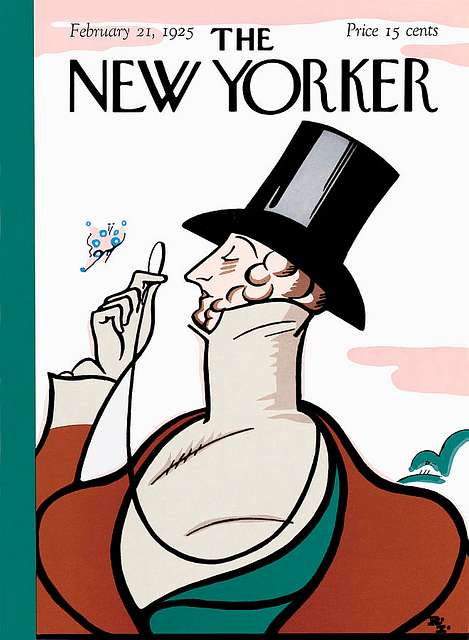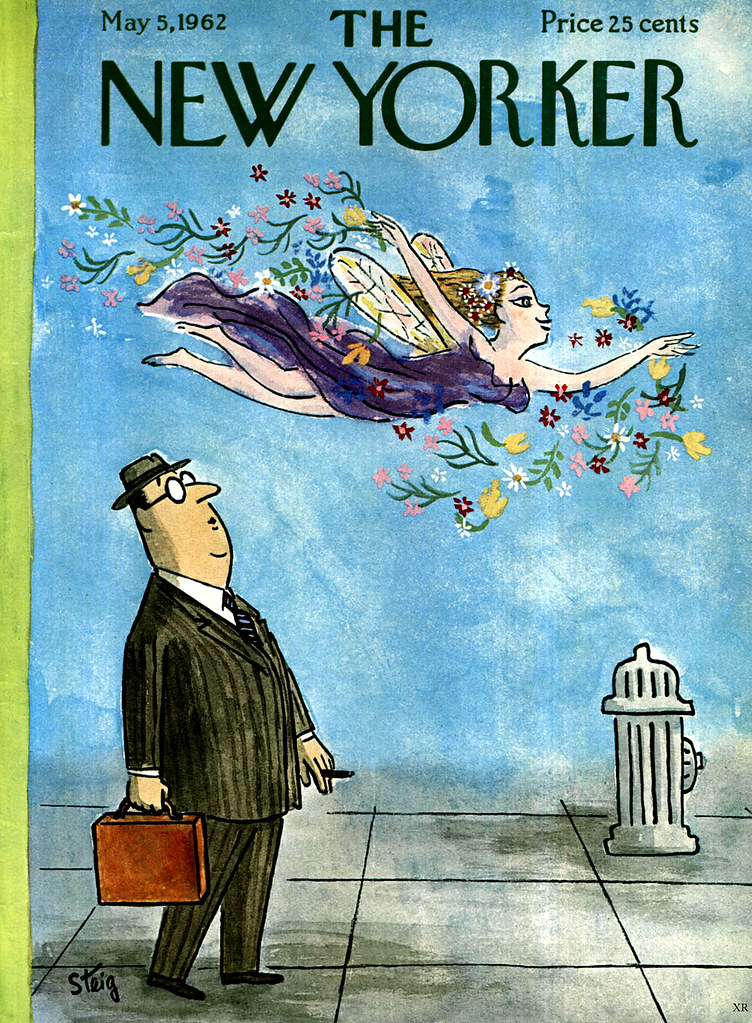On Feb 21, 1925, the first issue of the New Yorker was published. Now, century later, the magazine is celebrating its 100th birthday.
Founded by Harold Ross and Jane Grant, the pair wanted to create a publication that captured the dynamic spirit of New York City in the 1920s. They filled the New Yorker with humor and wit, contrasting it with more serious journalism, fiction, poetry, and criticism. The magazine’s unique style set it apart from others, solidifying its place in the world of New York journalism.
With help from entrepreneur Raoul H. Fleischmann, the group established F-R Publishing Company and began creating the magazine from their office in Manhattan.
The New Yorker’s first issue featured the now-iconic cover illustration of a man looking at a butterfly through a monocle. This character, created by former art editor Rea Irving, was later named Eustace Tilley and was the first of many iconic covers for which the magazine has become known.
With many esteemed writers on the magazine’s roster, like E.B. White and Dorothy Parker, the publication established itself as one committed to in-depth reporting. The New Yorker became known for this style of reporting because of John Hersey’s 1946 piece “Hiroshima,” which devoted an entire issue to the aftermath of the atomic bombing in Japan.
Through its 100 years in the world of journalism, the magazine has maintained its distinctive voice, humor and wit. In celebration of its centenary, The New Yorker has planned a series of special issues, exhibitions, and events throughout 2025. Most notably, The New York Public Library will be opening a major exhibition on Feb 21, and Netflix will be releasing documentary later this year.
“Most magazines have peak moments. They live on, they do just okay, or they die. ‘The New Yorker’ has had a very different kind of existence.” Editor David Remnick said.









